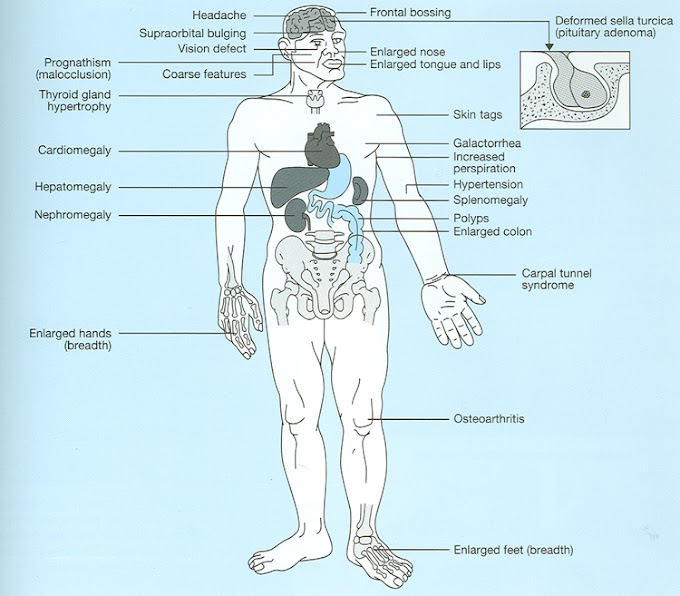
Astrocytoma is the most common form of glioma, and may occur anywhere in the brain. However, it is most commonly found in the cerebrum in adults, and in the cerebellum in children.
When an astrocytoma is diagnosed, the most important factors are:
- Type of tumor
- Size
- Location
- Degree of neurological side effects produced by the tumor
- Age of the patient
These factors will determine the symptoms, prognosis, and treatment.
Causes
The exact cause of astrocytoma is unknown. Some possible causes of brain tumors include:
- Heredity
- Certain occupations (see Risk Factors below)
- Environmental factors
- Viruses
Risk Factors
A risk factor is something that increases your chances of getting a disease or condition. Although the exact risk factors for astrocytomas have not been identified, some studies implicate the following:
- Genetic disorders
- Occupational exposure to:Radiation
- Chemicals
- Oil refining
- Rubber manufacturing
- History of neurofibromatosis or tuberous sclerosis
Symptoms
The first symptoms of astrocytoma, or any brain tumor, are caused by increased pressure in the brain as the tumor grows. Symptoms may include:
- Headaches
- Visual changes
- Vomiting
- Seizures
- Personality changes
- Dementia, or problems with memory, thinking, and concentration
- Problems with walking
Subsequent symptoms will vary, depending on the location of the astrocytoma. For example:
- Frontal lobe – gradual changes in mood and personality; paralysis on one side of the body.
- Temporal lobe – problems with coordination, speech, and memory.
- Parietal lobe – problems with sensation, writing, or fine motor skills.
- Cerebellum – problems with coordination and balance.
- Occipital lobe – problems with vision, visual hallucinations
Diagnosis
The doctor will ask about your symptoms and medical history, and perform a physical exam. Tests may include:
- MRI Scan – a test that uses magnetic waves to define the anatomy of the brain; his is the most sensitive and clearest way to define a brain tumor
- CT Scan – a common x-ray device that takes circular pictures of the brain using x-ray beams
- Angiogram – x-rays taken after a dye is injected into the arteries; allows the doctor to look for abnormalities in the arteries that lead to the brain
- Biopsy – removal of a sample of brain tissue to test for cancer cells
Grading
Once the test results are confirmed, your doctor will determine the grade of the tumor. Tumors are graded from I to IV. These grades indicate the prognosis and rate of tumor growth.
- Grades I and II – low-grade astrocytomas. These grow slowly and generally stay localized in an area of the brain. They are the primary type found in children.
- Grades III and IV – high-grade tumors. They grow rapidly and can spread throughout the brain and spinal cord. Aggressive treatment will be necessary. This is the most common type of astrocytoma found in adults. Grade III tumors are called anaplastic astrocytoma. Grade IV tumors are called glioblastoma multiforme.
Treatment
Treatment is based on the location, size, and grade of the tumor. Treatment may include:
- Surgery – surgical removal of the tumor and possibly nearby tissues. If the tumor is high grade, surgery should be followed by radiation or chemotherapy to help prevent further spread.
- Radiation Therapy (or Radiotherapy) – the use of radiation to kill cancer cells or shrink the tumor. Radiation may be:
- External Radiation Therapy – radiation directed at the tumor from a source outside the body
- Internal Radiation Therapy – radioactive materials placed into the body near the cancer cells
- Glucocorticoid Medication – cortisone drugs, such as dexamethasone, given to decrease swelling in the brain.
- Chemotherapy – the use of drugs to kill cancer cells. Chemotherapy may be given in many forms including: pill, injection, or by catheter. The drugs enter the bloodstream and travel through the body killing mostly cancer cells, but also some healthy cells.
Prevention
There are no guidelines for preventing astrocytoma because the exact cause is not known. It has been suggested that the electromagnetic waves emitted from high-tension wires or even cellular phone may increase the risk of developing brain tumors, but, to date, there is not scientific evidence supporting this theory.



1 Comments
Hey I have an astrocytoma grade II and have been having it for a minimum of three years, and had brain surgery to remove it, and not treatment since then. I do have severe headaces, memory problems, variations in mood swings ects. I am medically retired from the us, army and am have a hard time deciding what to do as far as deciding what to as far as planing for the future for my kids due to the fact of not really know my life expectancy. I have follow up MRI done every SIx months and nothing as far as recuring brain tumors has been found yet. is there any way you could give me any idean of what my possible life expactancy could be with a grade II astrocytoma could be please, and send me an email back. MY email is imatanker2003@yahoo.com if u do so thanks alot I would certainly apreciate it!!!
ReplyDelete